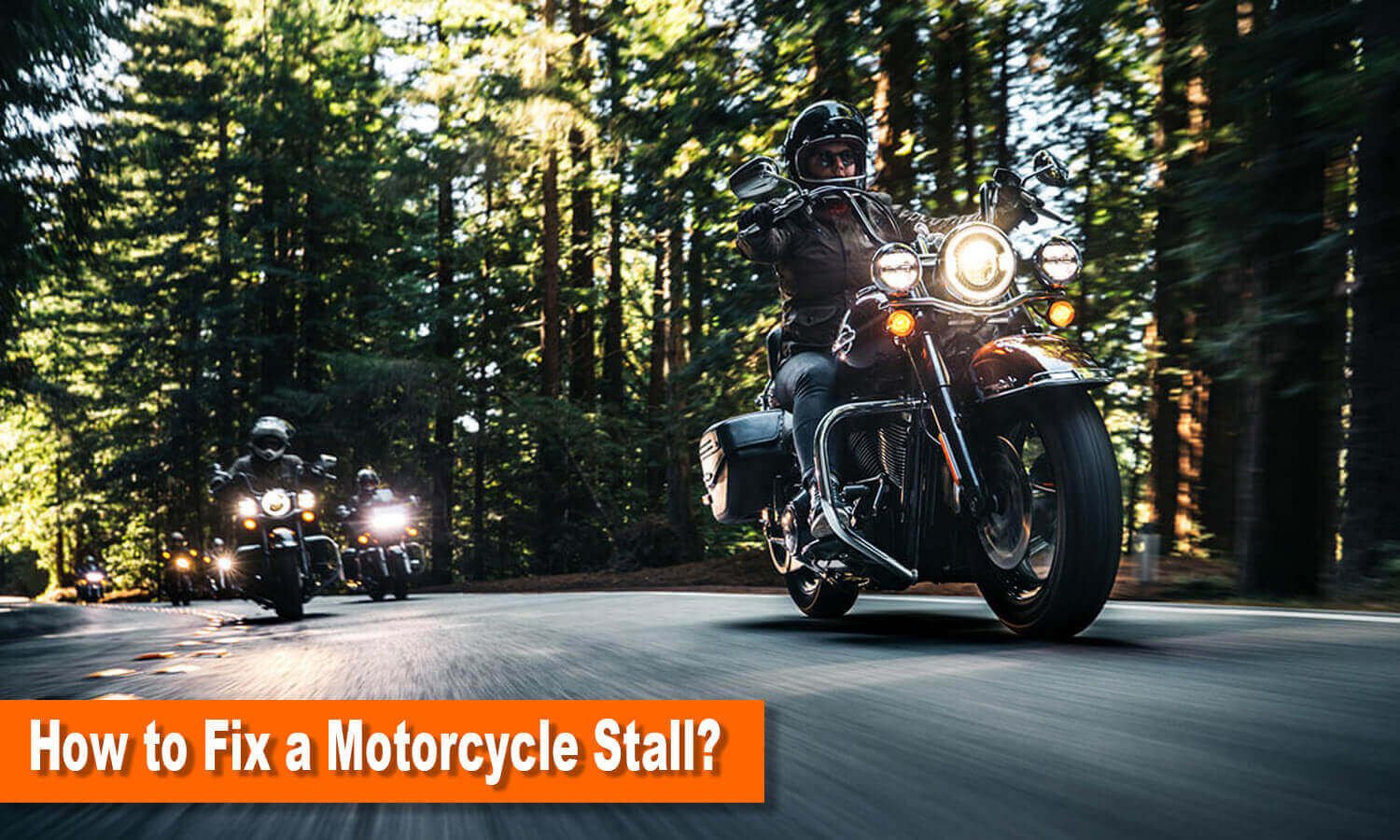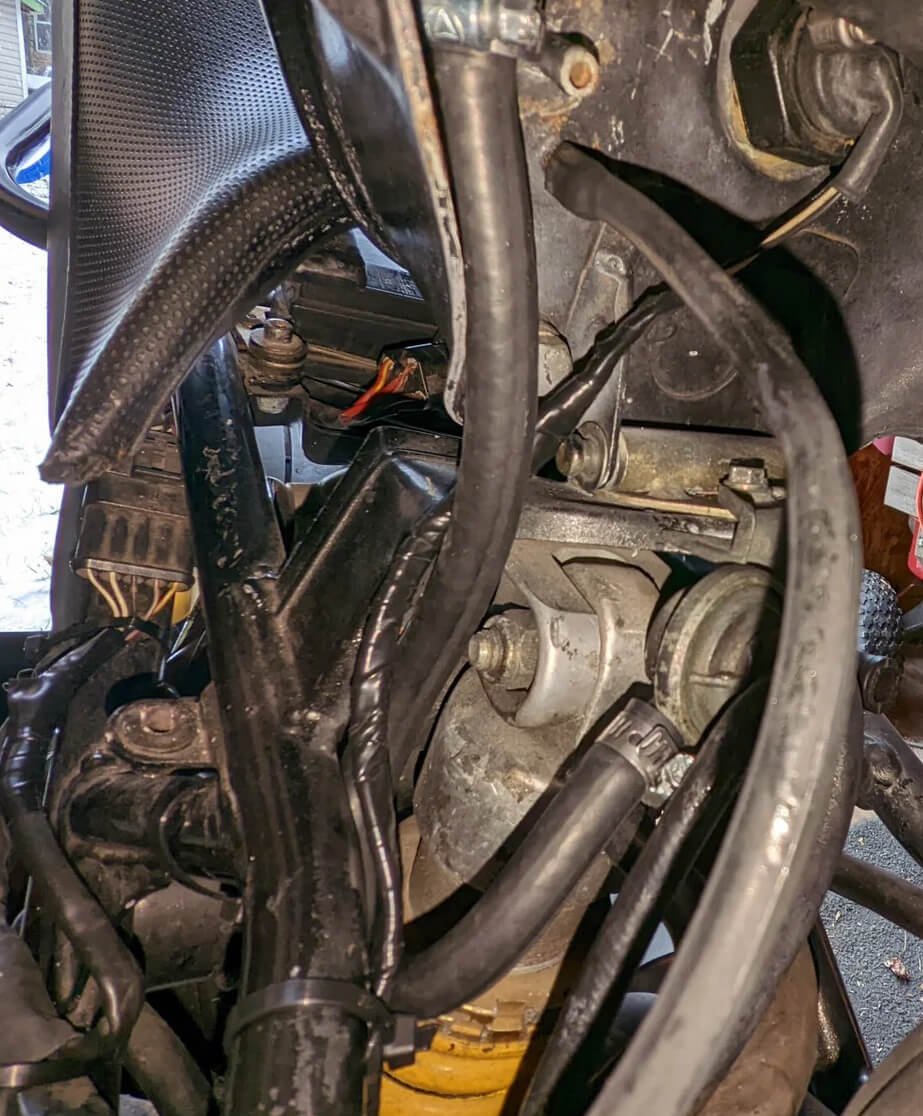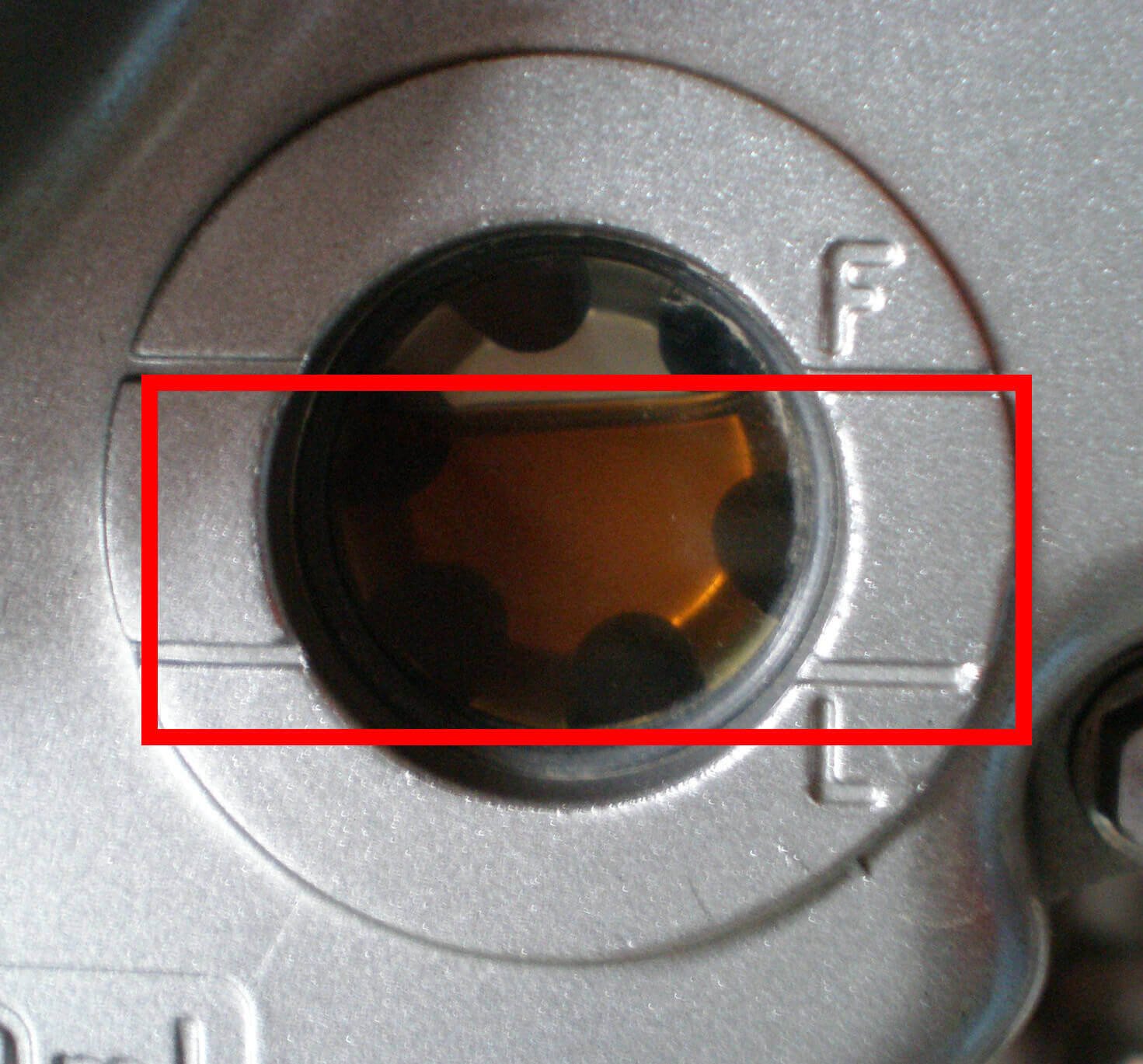Motorcycle safety relies on mirrors for riders to keep tabs on what's going on around them. Yet, not every mirror cuts it the same way. Riders have long been bickering over which is better: bar end mirrors or the stock mirrors. They argue about which (Bar End Mirrors vs Stock Mirrors) gives a better view, […]

How to Fix a Motorcycle Stall: A Rider's Emergency Guide
Every motorcycle rider knows the embarrassment of a motorcycle stall. The experience of your motorcycle suddenly dying beneath you is never fun. But don't worry—stalls are as much a part of the riding experience. The key is to learn how to deal with it.
Here's your ultimate guide to diagnosing and fixing a motorcycle stall, infused with expertise to keep you rolling.
Table of Contents
Why Do A Motorcycle Stall?
Before diving into solutions, let’s address the "why."
Knowing what causes the motorcycle stall can save you time, and energy, and maybe stop you from yelling inside your helmet.
- Clutch Control Issues: Most riders stall because they can't balance the clutch and throttle. If you use too much clutch without gas? You'll stall. If you give it too much gas without a clutch? You might pop a wheelie (if you're lucky), but you could also stall.
- Low Fuel: Sometimes, the reason you're stuck is obvious—just because you didn't remember to get more gas. Most new motorcycles have handy fuel gauges. But if yours is old and without fuel gauges, just give the tank a little shake to check if it's about to run on empty.
- Dirty Carburetor or Injectors: When your motorcycle's fuel system gets clogged, it can stifle the engine and cause it to stop. Picture it as your motorcycle trying to breathe through a straw packed with peanut butter.
- Electrical Gremlins: Disconnected wires bad spark plugs, or a drained battery can all make your motorcycle stall. Always inspect your electrical components when you're figuring out what's wrong.
- Mechanical Issues: A blocked air filter, a broken fuel pump, or even an overheated engine can bring your ride to a sudden stop.
Diagnosing the Problem: A Step-by-Step Breakdown
If your motorcycle stalls, don’t panic. Instead, follow these steps to identify the culprit and get back on the road.
Step 1: Stay Calm and Assess Your Surroundings

Don't forget to turn on the motorcycle hazard lights
Stalling can be stressful in traffic, but keeping calm is essential to handle the situation safely.
- Take a deep breath. You can handle this.
- Pull in the clutch right away. This will disconnect the engine from the wheels and stop the motorcycle from jerking or halting.
- Use your brakes to slow down and steer the motorcycle to the roadside or a safe spot.
- Turn on your hazard lights if you have them, and make sure other riders and drivers can see you.
- Keep watch on the traffic around you while signaling what you plan to do.
- If you're on a hill, apply the rear brake hard to prevent the motorcycle from rolling backward.
Step 2: Check the Obvious
- Did You Hit the Kill Switch? This happens to everyone. Make sure you didn't bump the kill switch while riding.
- Are You in Neutral? Some motorcycles refuse to start unless they sit in neutral. Push the gear shifter to make sure.
- Fuel Status: Pop open the tank and check if fuel sloshes inside. If it's empty, you'll need to push or call for help.
Step 3: Inspect the Fuel System
- Carburetor or Injectors: If your motorcycle seems to lack fuel, a blocked carburetor or dirty injectors might cause the problem. Clean them if you have the right tools, or ride home and fix them later.
- Fuel Line: A squeezed fuel line can leave your engine without enough gas. Look for twists or clogs.

inspect the fuel line
- Fuel Pump: Listen for your fuel pump's buzz when you turn the key. Silence? It might be dead.
Step 4: Test the Electrical System
- Battery: Use a multimeter to measure the voltage. A healthy battery should show between 12.6 and 12.8 volts at full charge.
- Spark Plugs: Remove the plugs and look for fouling. A black sooty plug suggests your engine may run rich; a white plug points to it running lean. Either way, clean them or put in new ones.
- Fuses and Connections: Make sure all fuses work and connections fit tight. At times, a loose wire can stop your ride.
Step 5: Mechanical Components
- Air Filter: A dirty air filter can choke your engine. Look at it and clean or swap it out if needed.
- Clutch Cable: Make sure the clutch cable has enough slack. If it's too tight, it might not engage, which can cause stalls.
- Engine Oil: Not enough oil can make your engine overheat and stall. Check the dipstick and add more if you need to.

make sure motorcycle engine oil is enough to avoid motorcycle stalling
Step 6: Restart the Motorcycle
A proper restart stops the motorcycle from stalling again.
- Switch off the ignition and pause for a moment. This resets the engine and helps fix any short-term problems.
- Switch the ignition back on.
- Make sure the kill switch (close to the right handlebar) is in the "Run" position. The engine won't start if the kill switch is off.
- Squeeze the clutch lever hard.
- Push the starter button (or use the kickstart lever if your motorcycle has one). Keep the throttle closed as you start up unless the engine isn't turning over. If that happens, give it a small twist to add more fuel.
On-the-Road Fixes
If you’ve identified the issue and have the tools and skills, here are some quick fixes you can perform:
- Clogged Fuel System: Keep a small can of carb cleaner with you. Spraying it into the carburetor or injector ports can sometimes fix minor clogs.
- Dead Battery: Start your motorcycle again using a portable jump starter or another rider's battery.
- Loose Connections: Keep a basic tool kit with screwdrivers and pliers to fix loose connections or wires.
- Fouled Spark Plug: Clean it with a wire brush or sandpaper if you don't have an extra one.

clean the fouled spark plug to have a quick fix
Preventing Future Stalls
Prevention is better than cure, and with motorcycles, a little maintenance goes a long way.
Here are some tips to keep your bike running smoothly:
- Regular Maintenance: Follow your motorcycle's service schedule without fail. You shouldn't skip oil changes, spark plug replacements, and air filter cleaning.
- Fuel Quality: Don't buy cheap low-grade fuel. Use the type your manufacturer suggests to keep your engine clean.
- Battery Health: Make sure your battery stays charged and its terminals stay clean. A trickle charger can help your battery last longer.
- Clutch Practice: Take time to get good at using the clutch and throttle together. Practicing slow-speed maneuvers can significantly reduce stalls.
- Carry a Tool Kit: Pack basics like screwdrivers, wrenches, an extra spark plug, and duct tape. It's even better if you have a small tire pump and patch kit.
When to Call for Help
Sometimes, despite your best efforts, the problem is beyond a roadside fix.
Don’t hesitate to call for professional assistance if:
- The engine won’t turn over despite having power.
- You suspect a major mechanical failure (e.g., a broken chain or seized engine).

call for professional assistance when the motorcycle chain broken
- You’re in an unsafe location and can’t troubleshoot safely.
Conclusion
Stalling a motorcycle can make you angry, but it happens a lot to new riders. If you know what causes stalls and follow this guide, you'll be ready to handle it well. Practice using the throttle and clutch together, and keep your motorcycle in good shape to stop future stalls.
In a word, riding gives you freedom and fun. The more you prepare the better your rides will be—no matter what the road throws at you. Stay safe, and keep your tires on the ground!

Rodney L is a technical writer and product consultant with over a decade of experience in the motor industry. Rodney is a fan of performance machines that run fast and loud and an expert in all things custom. His numerous articles and write-ups are available at our knowledge base. Whether it’s something wrong with your motorcycle or you are building a custom bike, you can trust Rodney’s experience.
Picking the perfect brake pads for your ride has an influence on how safe you are, how well your whip handles, and what you’ll shell out over time. You’ve got a whole menu, from wallet-easy organic pads to fancy ceramic or semi-metallic types. To get why budget brake pads ain't the same as the pricier […]
E-bikes have transformed into more than just gadgets to help you get around. Now, they're speed demons that can go toe-to-toe with motorbikes. It’s 2025, and these speedy machines have gotten a huge boost from better motors, more powerful batteries, and sleek designs that cut through the air like a knife. Let’s dive into the […]
Many riders who aren't so tall or ladies just starting to ride bikes need to pick out the best Motorcycles for Short Riders and Women. They gotta look for three key things: a seat that's not too high up, a bike that's not too heavy, and something that looks good enough to give them confidence. […]
As we accelerate into 2025, motorbikes are getting a serious tech upgrade. They’re all about safer rides and more fun on the road. Even if you’re a pro or just starting, kitting out your two-wheeler with cool tech stuff is a game-changer. Check out these ten top motorcycle gadgets each motorcyclist will want in 2025. […]
Getting around the city every day can be super annoying. You've got traffic like molasses nowhere to park, fuel prices through the roof, and buses stuffed like sardine cans make heading to the office a real pain. For loads of folks, getting a motorcycle is a pretty slick move—they’re nimble, cost-effective, and perfect for squeezing […]

